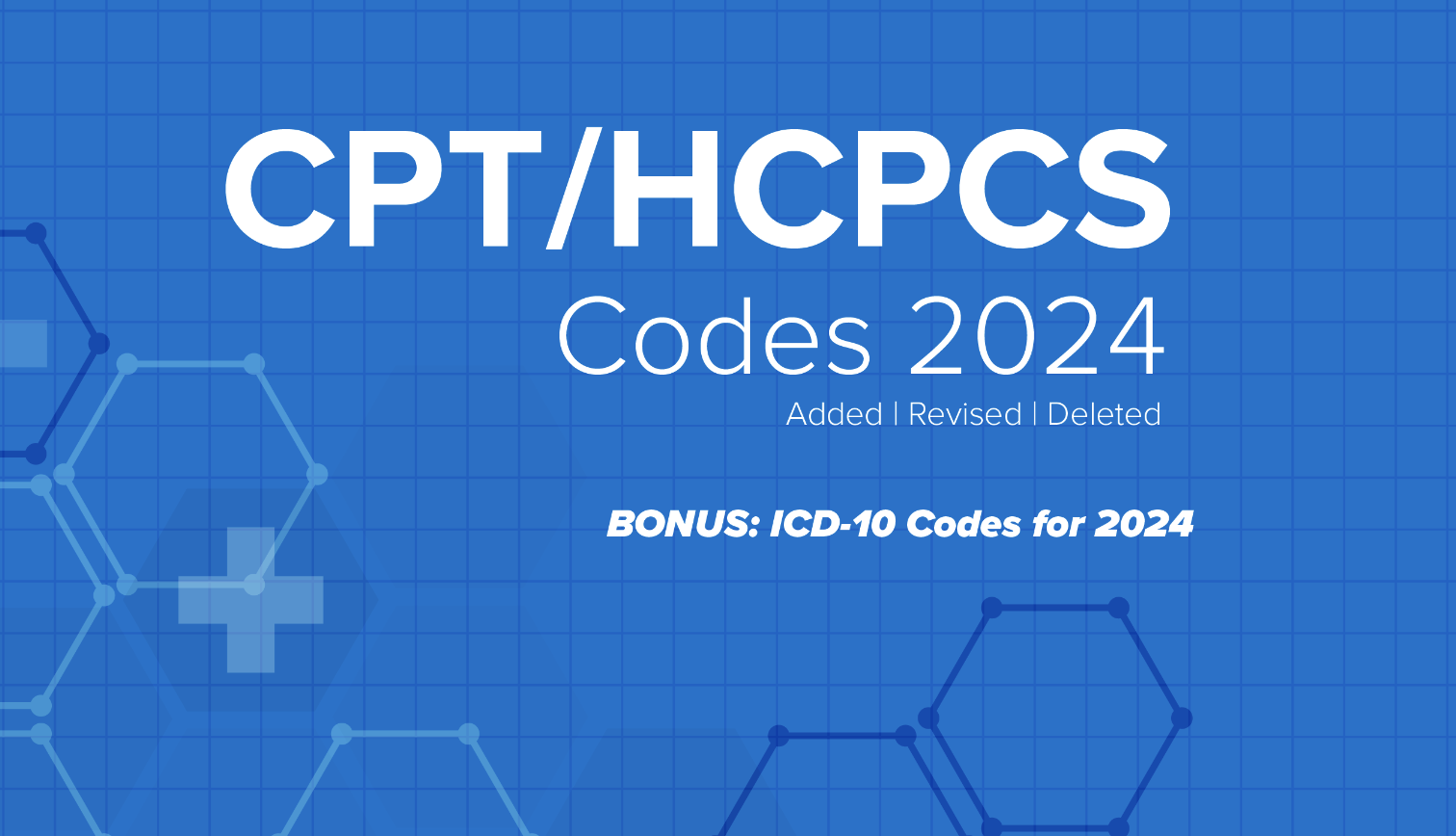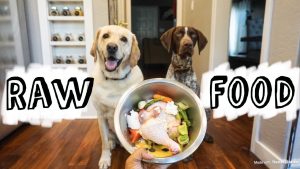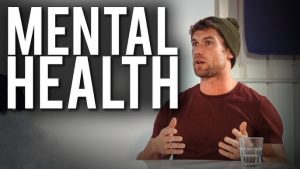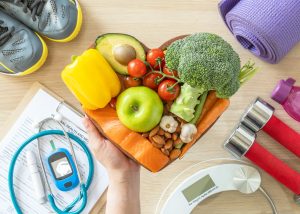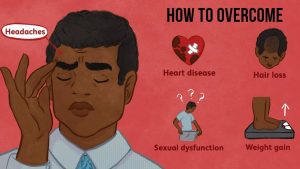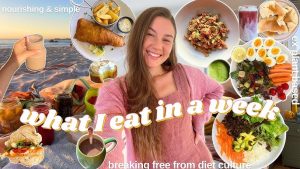
Introduction
Climate change is more than melting ice caps and rising seas. It directly affects our health in many ways. From heatwaves to flooded homes, climate change public health challenges are growing. People face new risks such as heatstroke, poor air quality, and the spread of infectious diseases. Vulnerable groups—like children, the elderly, and low-income communities—feel these impacts first. This article explains the impact of climate change on public health, outlines the main health threats, and explores how communities and governments can act now to protect everyone’s well-being.
1. Extreme Heat and Heat-Related Illnesses
Rising temperatures lead to more frequent and severe heatwaves. Heatwaves can cause dehydration, heat exhaustion, and heatstroke—a life-threatening condition. Those most at risk include outdoor workers, older adults, and people without air conditioning. Even moderate rises in temperature can worsen chronic diseases like heart and lung conditions. Health systems see spikes in hospital visits and emergency calls during extreme heat events. To reduce harm, cities are planting trees for shade, opening cooling centers, and issuing heat warnings to help people stay safe.
2. Air Quality and Respiratory Problems
Warmer weather and changing wind patterns affect air pollution levels. Higher temperatures increase ground-level ozone, a dangerous smog that irritates the lungs. Wildfires—made more likely by drought—release smoke filled with tiny particles. These particles enter the bloodstream and aggravate asthma, bronchitis, and other lung diseases. Children and people with existing respiratory conditions suffer the most. To improve air quality, communities monitor pollution, issue advisories, and promote cleaner transportation and energy sources.
3. Spread of Infectious Diseases
Changes in temperature and rainfall influence where insects and ticks live. Mosquito-borne illnesses like malaria, dengue, and Zika can spread into new regions as climates warm. Tick-borne diseases such as Lyme disease are also on the rise. Warmer winters let more insects survive through the cold months. Flooding after heavy rain can contaminate water supplies, leading to outbreaks of diarrheal diseases like cholera. Public health agencies now track disease patterns, expand vaccination programs, and educate the public on preventing bites and treating water safely.
4. Food and Water Security
Climate change disrupts farming through droughts, floods, and shifting growing seasons. Crop failures lead to less food availability and higher prices. Malnutrition and hunger can increase, especially in vulnerable regions. At the same time, extreme weather can damage water infrastructure. Floodwaters may mix with sewage, while droughts reduce drinking water supplies. Unsafe water causes illnesses like diarrhea, which remains a leading cause of death in young children. To protect food and water security, governments invest in drought-resistant crops, better irrigation, and water treatment facilities.
5. Mental Health and Well-Being
The stress of living through climate events takes a toll on mental health. Survivors of hurricanes, wildfires, and floods often face anxiety, depression, and post-traumatic stress disorder (PTSD). Even those not directly affected may feel eco-anxiety—a chronic fear about the future of the planet. Children and frontline communities report higher levels of stress and sleep problems. Mental health support is vital after disasters. Schools, clinics, and community groups are adding counselors and support programs to help people cope and build resilience.
6. Displacement and Community Health
Rising sea levels and more powerful storms force families to leave their homes in search of safety. Climate refugees often end up in overcrowded shelters or distant cities. Displacement breaks social ties and disrupts access to healthcare, clean water, and nutritious food. Over time, these conditions lead to higher rates of infectious disease, malnutrition, and mental health issues among displaced populations. Strengthening community health services, offering mobile clinics, and planning safe evacuation routes can reduce these risks.
7. Vulnerable Populations and Health Equity
Not everyone is affected by climate change equally. Low-income communities, Indigenous groups, and countries with fewer resources suffer the most. They often live in flood-prone areas, lack air conditioning, or work in outdoor jobs. Limited access to healthcare and information makes it harder to prepare for and recover from climate events. Ensuring climate-related health risks are addressed fairly means investing in social services, improving housing quality, and expanding healthcare access in vulnerable regions.
8. Role of Public Health Systems
Public health systems play a crucial role in preparing for and responding to these challenges. Key actions include:
- Surveillance and Data: Tracking disease patterns, heat-related illnesses, and pollution levels in real time.
- Early Warning Systems: Issuing alerts for heatwaves, poor air quality, and flood risks to help people take precautions.
- Emergency Planning: Training healthcare workers, stocking supplies, and organizing evacuation plans for extreme events.
- Education Campaigns: Teaching communities how to prevent heatstroke, protect water sources, and reduce disease transmission.
- Cross-Sector Collaboration: Working with meteorologists, urban planners, and water authorities to build resilient, healthy environments.
9. Mitigation and Adaptation Strategies
Tackling climate change’s health impacts requires both cutting greenhouse gas emissions (mitigation) and preparing for changes already underway (adaptation). Effective strategies include:
- Cleaner Energy: Switching to solar, wind, and other renewables reduces air pollution and slows warming.
- Green Infrastructure: Planting trees, restoring wetlands, and creating parks helps cool cities and absorb floodwaters.
- Sustainable Agriculture: Promoting agroecology, soil health, and water-efficient practices protects food supplies.
- Health Sector Greening: Hospitals can reduce their carbon footprint by improving energy efficiency and waste management.
- Community Engagement: Involving local residents in planning builds trust and ensures solutions meet real needs.
Conclusion
Climate change poses a clear and growing threat to public health—from heatwaves and poor air quality to the spread of diseases and challenges to food and water security. Vulnerable groups feel these climate-related health risks first, underscoring the need for health equity and strong community support. Public health systems must lead the way with early warning systems, education, and emergency planning. At the same time, reducing emissions and adapting our infrastructure are key to protecting future generations. By working together—governments, health professionals, and communities—we can reduce harm, build resilience, and safeguard both our planet and our health.











